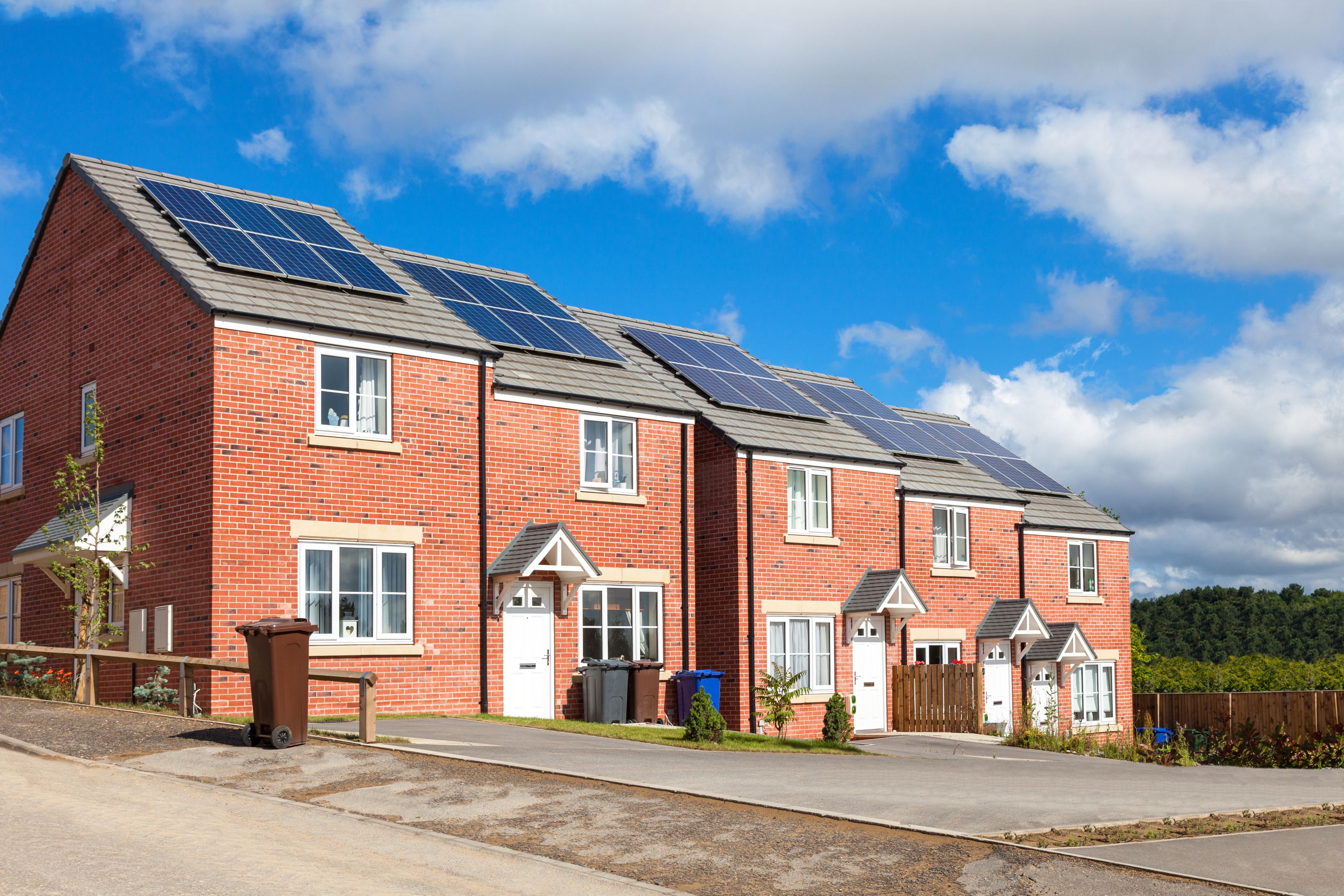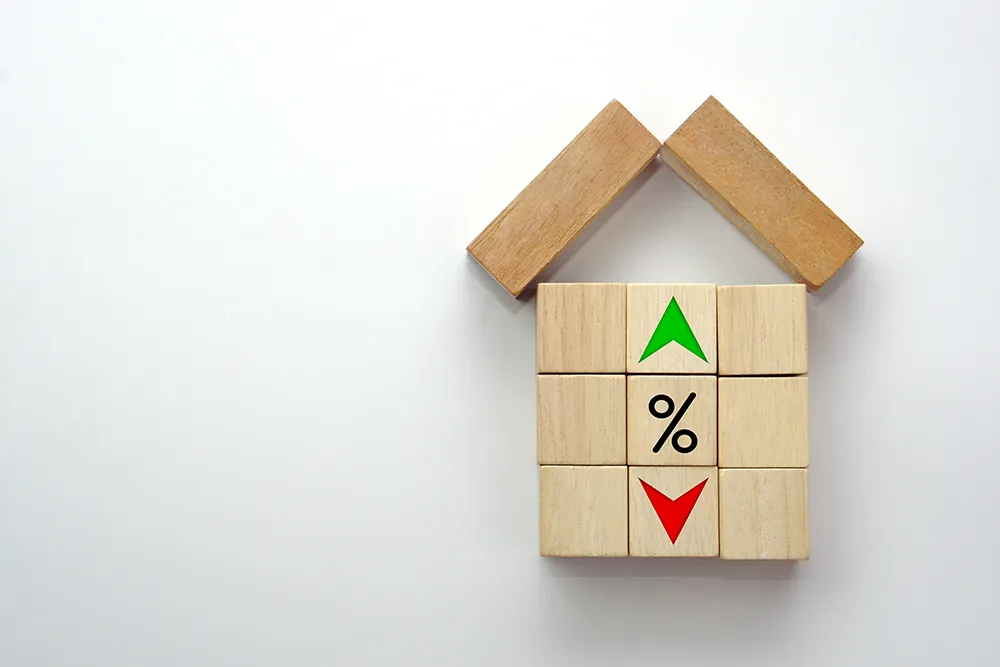
The number of leasehold homes in England hit 4.77 million, up 11.7% from five years ago, as the government’s Leasehold and Freehold Reform Bill makes its way through parliament.
Of these, 2.65 million dwellings, or 56%, are in the owner-occupied sector and 1.82 million, or 38%, were privately owned and let in the private rented sector, according to Department for Levelling Up, Housing and Communities estimates.
The remaining 6% of these homes are in the social rented sector, with all leasehold households accounting for 19% of the English housing stock for the 12 months up to 2023.
The data comes as housing secretary Michael Gove shepherds through legislation, which aims to boost the rights of these homeowners by capping ground rents and giving them a greater say over repairs.
Leaseholders own the right to occupy their home but the building or land is owned by a freeholder landlord.
Some are trapped by onerous ground rents that are either doubling or increasing in line with inflation, costing them thousands a year.
Last year Gove called the leasehold system a “feudal system that needs to go”.
The Bill is currently at the committee stage in the House of Lords.
London had the highest proportion of leasehold homes, at 36%, followed by the North West, at 27%, DLUHC figures show.
It says: “These two regions were significantly higher than all other regions in England which had between 8% and 16%.”
The department adds: “In 2017, the government announced the intention to ban new leasehold houses and, since then, have used some policy levers to support this aim, such as preventing government funding programmes (such as Help to Buy) from supporting leasehold houses and introducing the Leasehold and Freehold Reform Bill to Parliament.
“The Ground Rent Act 2022 also removed a key incentive for developing leasehold houses by preventing a financial ground rent in most circumstances.
“As a result, we might expect to see a lower level of leasehold houses, as newer houses will not be leasehold.”



